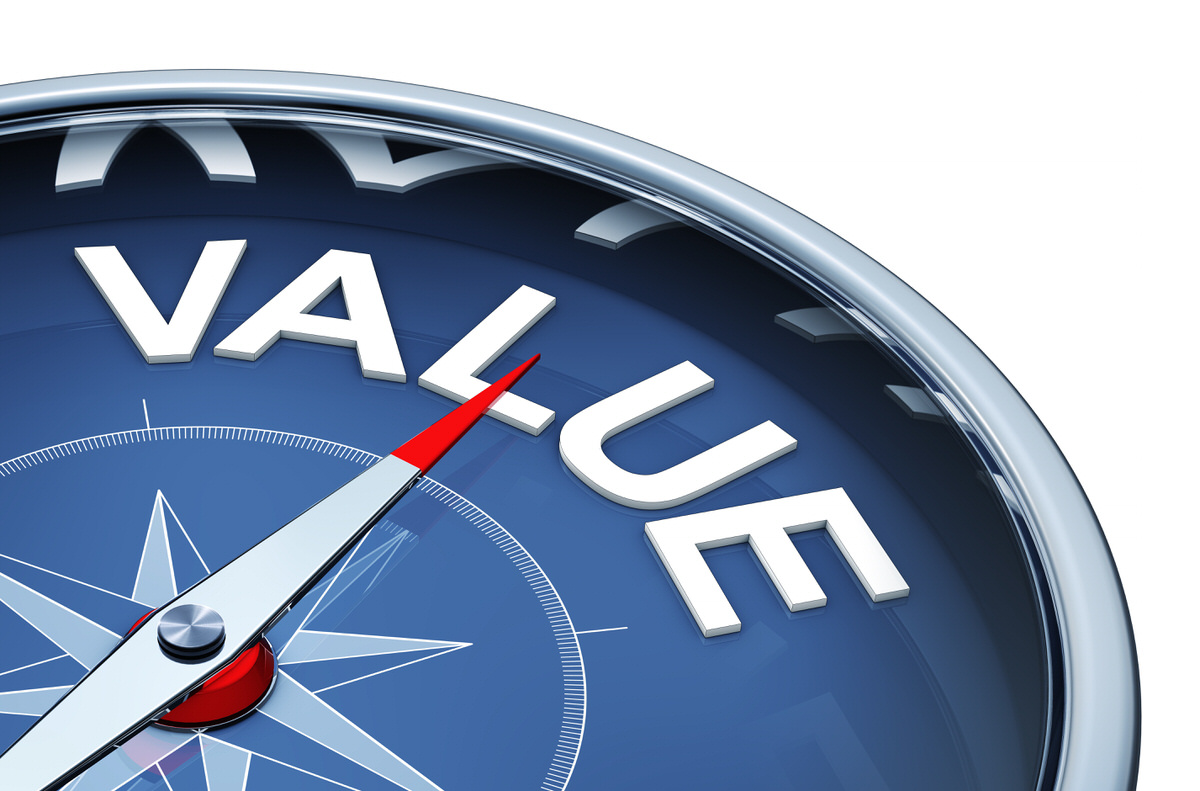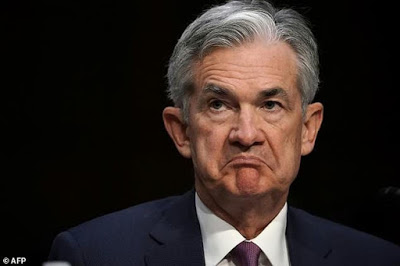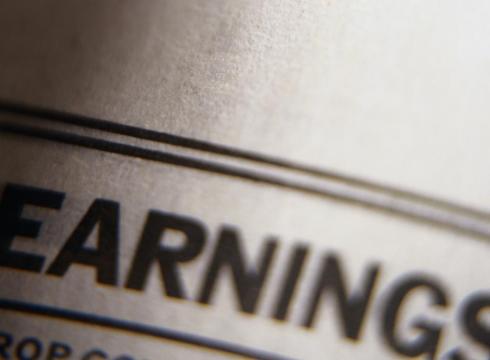by Kristina Hooper, Chief Global Market Strategist, Invesco
Key takeaways
- Base case - There could be a stalemate with most tariffs remaining at existing levels for most of this year. This would likely send the US economy into recession.
- Downside scenario - Most countries could respond with retaliatory tariffs, resulting in a global tariff war, global recession and stagflationary conditions in the US.
- Upside scenario - Most countries could reduce their protectionist policies against US goods, and the US could reduce its tariffs. Or the tariffs could be challenged in the courts and struck down.
What a difference a week makes. We started last week with some trepidation about “Liberation Day,” but markets assumed that US President Donald Trump wouldn’t apply extremely high tariffs to trading partners because of the negative impact it would have on the US consumer and economy. In fact, the S&P 500 Index actually finished higher the day before Liberation Day, as markets tilted optimistic while waiting for the tariffs to be announced. But those assumptions were wrong.
The tariffs were billed as “reciprocal tariffs” and had been hyped as being gentler, representing only half of what each country had levied against the US. But this is a misnomer; these reciprocal tariffs aren’t based on the tariffs each country has levied against the US. Instead, they’re based on each individual country’s bilateral trade deficit as a share of its exports to the US. Then that’s divided by two (hence the “discounted” rate), with a minimum rate of 10% on all imports into the US. In other words, it’s a function of a variety of factors (which might include trade barriers), but it also includes comparative advantage and free will in the context of free trade.
Complicating the situation is that Congress has largely abdicated its power to make decisions on tariffs by passing laws that allow the president to impose tariffs unilaterally for national security reasons. These “Liberation Day” tariffs are not Section 232 tariffs or Section 301 tariffs. They’re being enacted under the International Emergency Economic Powers Act (IEEPA), which provides the president broad authority to regulate a variety of economic transactions following a declaration of national emergency. IEEPA creates broad powers that can be self-triggered since the president has the power to declare a national emergency, which has led to a variety of administrations using this tool. In the past, IEEPA has triggered smaller, more surgical trade actions. This time around, it’s triggered a bazooka. Not surprisingly, that bazooka has triggered a massive market sell-off, not just in the US but around the world. So, the Trump administration has virtually unilateral power to wage this trade war, even if much of the US electorate and business leaders don’t support it.
Looking at it from a more philosophical perspective, if China is the world’s factory, then the US is the world’s consumer wallet. Americans consume a lot of goods. It’s a huge market that many countries want to sell to, and the Trump administration sees that as bestowing upon the US a huge amount of power and leverage — which it does. However, the US also receives many often-overlooked benefits from globalization: Low inflation, cross-border investment, and the US dollar being the premier global reserve currency of choice, for example.
I’ve heard from multiple financial professionals that they are getting frantic calls from clients at a level they haven’t seen since the Global Financial Crisis. The questions include ones they can’t answer, such as “What is the end goal of these policies?” “Are they a negotiation tool or a way to raise revenue to pay down the debt?” “What does the US want from many of these countries that already have low tariffs on US goods but run a trade deficit?” At this juncture, we can only make an educated guess as to what will happen and the investment implications. I’ll try to answer the biggest questions we’re getting from clients.
Which countries will be most impacted?
The announced tariffs levied against many countries, most notably China and some smaller Asian emerging market countries, were higher than expected. This is likely to have significant negative economic impacts on China, with a tariff rate of 54%. Some smaller, open economies in Asia — including Vietnam, Thailand, Taiwan, and Malaysia — are expected to also be hurt significantly as trade surplus with the US accounted for more than 6% of each economy’s gross domestic product in 2023.1
I expect those Asian economies to be negatively affected not only by the tariffs’ direct effects but also by worsening global growth and increased competition within the region as oversupply issues are likely to arise. However, China has already set significant fiscal stimulus in motion, which should help soften the impact of US tariffs and, in turn, could benefit those smaller Asian economies also facing high tariffs.
Will the US go into recession this year?
It all depends on how long these high tariffs last — including retaliatory tariffs from other countries. But even a few months of this is likely to trigger a recession, in my view. (It’s worth noting that billionaire hedge fund manager Bill Ackman has warned of an “economic nuclear winter” if tariffs remain in place.2) The situation is exacerbated by aggressive government spending cuts as well as the great unpredictability of the Trump administration, which might be a useful negotiating tool but is very problematic for business planning — uncertainty can be a potent deterrent to business investment. So yes, it seems more likely than not that the US will go into recession this year.
Will the world go into recession?
Of course, if the US goes into recession, it can easily drag the world along with it. However, the odds of a global recession are lower than the odds of a US recession as other countries can de-escalate trade barriers — or choose to focus on stimulating their economies in order to wait out the Trump administration. So, in my view, there will very likely be a global economic slowdown but not necessarily a global recession.
What’s our base case scenario for 2025 and investment implications?
For the purposes of providing some kind of outlook, we see three general scenarios: An overall escalation in tariff wars, an overall de-escalation in the tariff wars, and a stalemate with the current tariff schedule generally remaining in place.
The base case is that there’ll be a stalemate with most tariffs remaining at existing levels for most of this year. This is likely to send the US economy into recession. Those countries that had relatively low tariffs applied to them and those economies that counter-tariffs with increased fiscal stimulus, such as Europe and China, are likely to fare better.
The base case is a relatively “risk-off” environment, which typically favors government bonds and perhaps gold (though we think it’s relatively expensive). On the basis that the US economy is likely to be among the hardest hit, we would favor US Treasuries. Among equity markets, we’d favor European and Chinese equities, which we think are better value than the US market and may also benefit from the fiscal boost likely to be rolled out by governments in those regions. Within credit assets, we’d favor investment grade over high yield.
We believe active management will be important, given that there’s a wide variance in the tariffs assessed on different countries’ goods. For example, the UK has had a relatively low tariff assessed against its goods. Individual country trade negotiations with the US could have a significant impact on respective markets’ performance. As we’ve said before, we think portfolio rebalancing should now lead with country selection, given country-by-country tariff rates and trade talks.
In this scenario, we believe gold is likely to perform well as the preferred “safe haven” asset of many investors. In terms of currencies, we’d expect the Japanese yen, euro, and British pound to perform relatively well.
What’s the downside scenario?
In a downside scenario, we’d expect most countries to respond with retaliatory tariffs, resulting in a global tariff war that sends the global economy into recession and creates stagflationary conditions in the US, and likely a deeper recession.
This would be an extreme “risk-off” scenario in which we would favor a relatively low exposure to equities. However, within equities, non-US low volatility and defensive stocks, especially utility and telecom stocks, would likely perform relatively well, in our view. Within fixed income, sovereign debt and Treasury Inflation-Protected Securities (TIPS) seem likely to outperform. Gold would likely perform well in this environment.
What’s the upside scenario?
The upside scenario is that most countries respond by reducing their protectionist policies against US goods. Even if their tariffs are already at relatively low levels, there could be non-tariff barriers they are using, which in turn causes the US to reduce its tariffs. Alternatively, the tariffs could be challenged in the courts and struck down. In either case, the US economy and the global economy avoid recession and a resurgence in inflation. A growth recovery resumes, especially for the US, as money moves back into US dollar-denominated assets.
This would be the most “risk-on” environment, and US assets, from equities to high yield to the dollar, would likely be some of the biggest beneficiaries.
New entries to our glossary
I think it’s appropriate to add a few terms to the glossary of financial terms for 2025 that I started back in January:
Comparative advantage: The principle of comparative advantage holds that a nation can raise its living standards and real income by specializing in the production of those commodities in which it has the highest productivity.3 Philosopher and political economist John Stuart Mill explained that the benefit of international trade is “a more efficient employment of the productive forces of the world.”3 That’s comparative advantage, which can be reduced and even ruined by a global trade war.
Kindleberger’s spiral: A chart created by economist Charles Kindleberger to illustrate how global trade collapsed from 1929 to 1933, including the role of the passage of the Smoot-Hawley Tariff Act in 1930. It’s important to note that Smoot-Hawley tariffs didn’t create the global trade collapse, but they exacerbated it.4
Looking ahead
The first quarter earnings season gets underway, which will be a good opportunity to gauge corporate concerns about tariffs as well as what expectations are for the impact of tariffs on various companies’ profits. It’ll be important to review earnings transcripts for references to a recession and the impact of tariffs.
We’ll get the US Consumer Price Index (CPI) for March, but that’s a rearview mirror data point — we know that higher inflation likely lies ahead because of recent policy actions. We’ll also get the Federal Open Market Committee (FOMC) minutes from the March meeting, which will help provide insight into FOMC members’ possible reactions to tariff wars — in light of markets pricing in more rate cuts as a result of “Liberation Day.” We’ll also get the University of Michigan Survey of Consumers, which will update us on US consumer sentiment and consumer inflation expectations. Given falling sentiment and rising inflation expectations in the last few surveys, it’s extremely important to follow this one.
With contributions from Paul Jackson.
Footnotes
1 Source: Invesco, from CEIC, April 4, 2025.
2 Source: BBC, “Billionaire Trump backer warns of 'economic nuclear winter' over tariffs,” April 7, 2025.
3 Source: “Economics,” Paul Samuelson and William D. Nordhaus, McGraw Hill, 1983.
4 Source: The Economic Times, “Does Kindleberger’s spiral predict economic depressions?” April 6, 2025.
Copyright © Invesco













